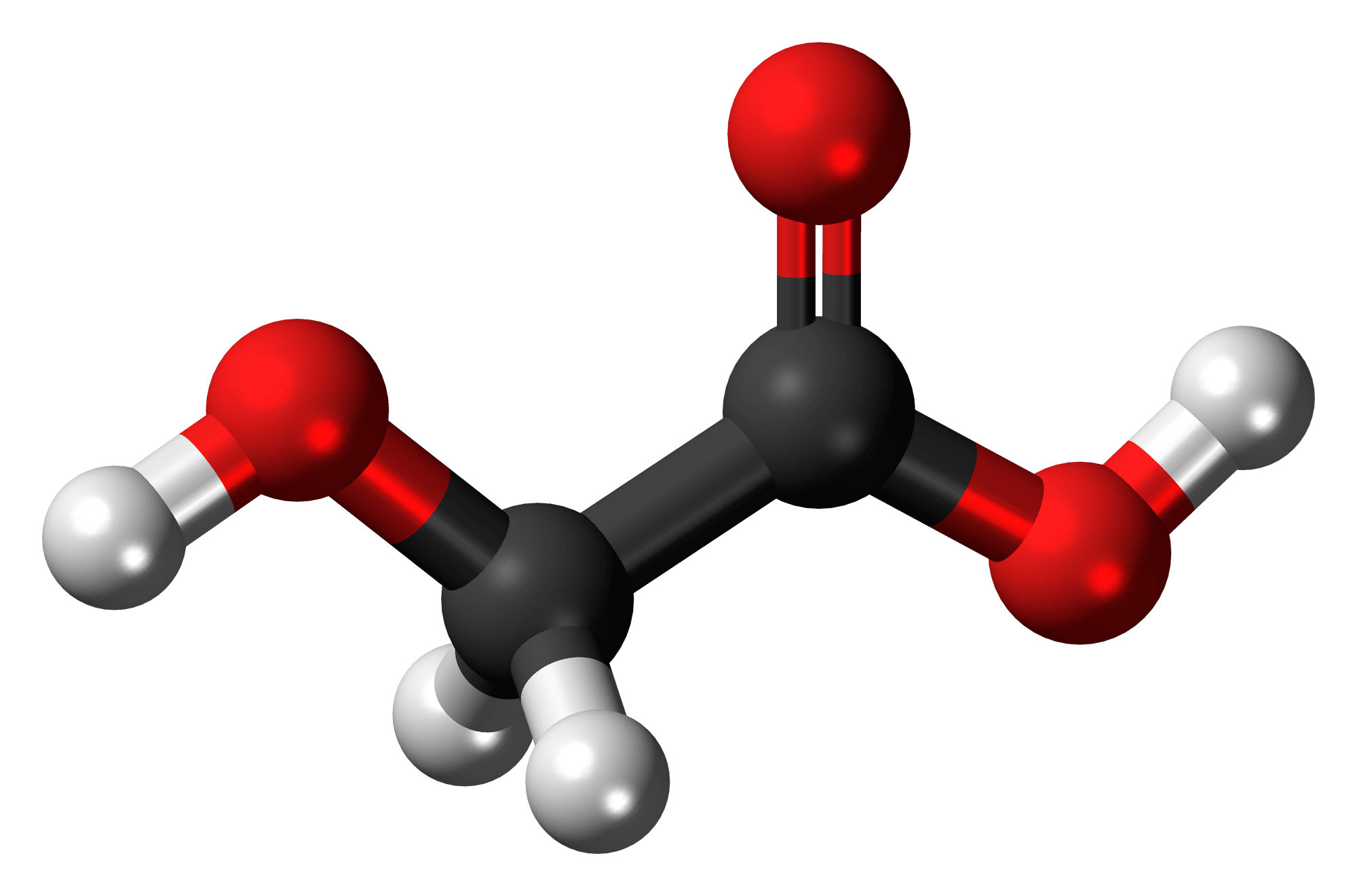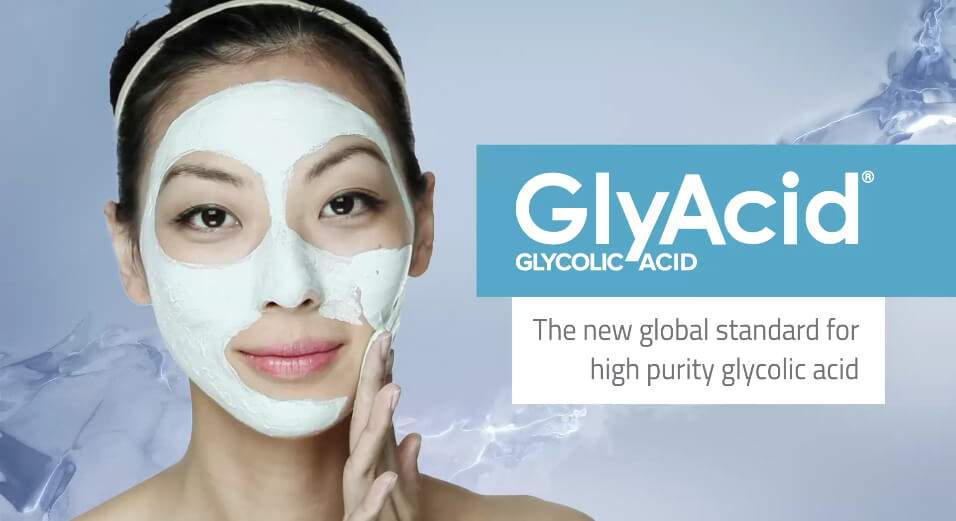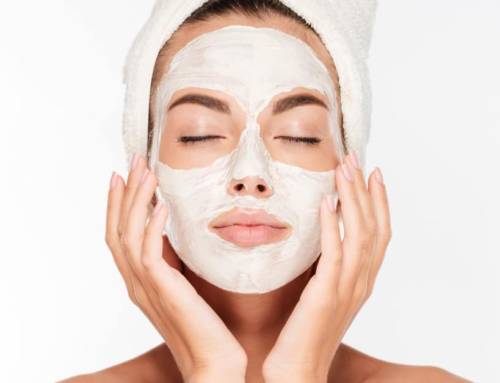Treating DPN with Glycolic Acid

Dermatosis papulosa nigra (DPN), is a common and benign skin condition, where tiny, dark, raised bumps develop on the skin. This skin condition is so common in fact, it “affects up to 35% of black people in the United States. DPN also occurs among Asians, Polynesians and Latin and Native Americans with darker skin tones,” according to Byrdie.
While DPN is harmless, many consumers find the small, dark bumps unpleasant to look at, and a cosmetic annoyance that mars their complexion. Luckily, dermatologists all agree there’s a hero ingredient for treating DPN at home: glycolic acid, the gently effective chemical exfoliator.
What is DPN?
Dermatosis papulosa nigra (DPN) is a form of seborrheic keratosis “that presents as hyperpigmented or skin-colored papules that develop on the face and neck,” according to NCBI. DPN is a superficial buildup of epidermal cells, and is most frequently seen on those with darker skin tones. Usually appearing on the cheeks and forehead, DPN will also develop around the eye area, the neck, chest, and the upper back.
DPN typically begins appearing on the skin during the teenage years and has no known singular cause. Often referred to as “family spots,” DPN is hereditary, with positive family histories in 77% to 93% of cases. Women are twice as likely to be affected as men.
DPN spots are often mistaken for freckles, but unlike freckles, DPN has a raised surface. Additionally, many refer to DPN as moles, but these raised dots are not a potential sign of cancerous growth, like moles may be.
A cosmetic nuisance
While the brown-and-black spots signifying DPN can be as tiny as a pinpoint, and typically do not grow much bigger than three millimeters, many consumers do not like the look of the spots on their face and neck. Additionally, DPN can grow together on the skin, forming a larger growth, much to the dismay of DPN sufferers.
However, for an effective, affordable, and safe option for treating DPN, regular use of glycolic acid can reduce the occurrence of dark spots on the face and stop DPN from becoming worse.
The top recommended ingredient
Glycolic acid is the top ingredient recommended by dermatologists to treat DPN at home for one crucial reason – glycolic acid works.
As the smallest of the Alpha Hydroxy Acids, glycolic acid permeates the skin’s surface quickly and deeply, softening and diffusing the “glue” holding cells together. This stimulates a quicker skin cell turnover and forces new cells to rise to the top layer of skin on the face and neck. These new skin cells can then help to reduce both the size and thickness of any DPN occurrences.
Additionally, a topical application of glycolic acid can help speed exfoliation on the skin and potentially help to shed off the darker skin cells of DPN over time.
It’s also important to note that glycolic acid offers one more benefit to sufferers of DPN – it’s an affordable and safe ingredient for home use. Other treatment options for DPN, like freezing, lasers, or curettage can damage skin, or cause hyperpigmentation, hypopigmentation, scarring, or keloid formation. Plus, these forms of treatment are prohibitively expensive. Glycolic acid is safe for regular home treatments, free of further skin-damaging side effects, and cost-effective.
It’s an affordable and safe ingredient for home use.
Helping millions
DPN is a common skin condition that millions of consumers seek solutions for. While the condition can never be cured, glycolic acid offers excellent options for reducing the size and thickness of DPN on the skin.
Safe, effective, and affordable, glycolic acid skincare products can help consumers stall off new DPN outbreaks and minimize the cosmetic nuisance of these small, dark bumps.







